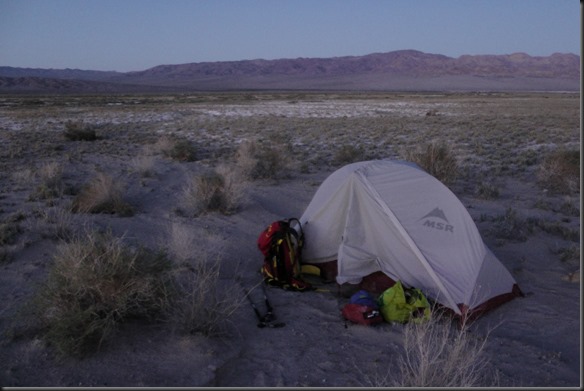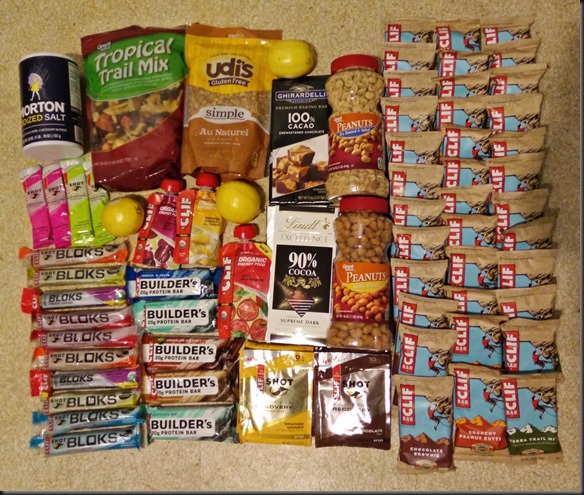Random thoughts on axes, knives, axe use, woodworking, bushcraft, wilderness survival, camping, hiking, and gear review.
Wednesday, December 30, 2015
How to Camp Out, by John M. Gould
Tuesday, December 22, 2015
Trip Report: Beaver Pond Duck Hunting 12/19/15 - 12/20/15
I am definitely not a duck hunter. I just don’t have easy access to the areas where hunting would be much use. If you want a high chance of success when duck or goose hunting, you need either large bodies of water, or open farm fields. That’s where ducks and geese like to land, so you set up decoys, hide in a blind, and try to call in the flocks. Unfortunately I don’t have access to either such terrain. Since I hunt public land, I have no access to farm land, and most decent size bodies of water are too easy to access, and as a result not ideal for the trips I want to do. What I am left with are small ponds in the middle of the woods. I have indeed been lucky in the past and have seen a handful of ducks in some such small ponds, but hunting those areas is really not a productive way to do it. You have to spend the day backpacking to a small beaver pond in the hope that there are two or three ducks there. Sometimes there are, most times there are not. If you are lucky, you then have to stalk the ducks until you are within range, and take the shot. It works, it’s just not a productive way to do it.
Productive or not, my main goal when hunting is to get out into the woods, so this type of hunting is just fine with me. I had a few ponds in mind, and I set out before sunrise.
Monday, December 14, 2015
Venison Jerky Recipe

The usual way to make jerky, and the way I have done it in the past, is to use a food dehydrator. Unfortunately, I threw mine out when I was moving, so for this recipe I had to use the oven.
Ingredients list for 1lb of venison:
- 4 tablespoons of soy souse
- 4 tablespoons of Worcestershire souse
- 1 tablespoon of ketchup
- 1/4 tablespoon of garlic powder
- 1/4 tablespoon of onion powder
- 1/4 tablespoon of crushed black pepper
- 1/2 tablespoon of salt
The first step in making the jerky is to remove all of the fat and connective tissue from the meat. For me this was the most time consuming part as I am not a good butcher. It is however an extremely important part to do right because otherwise the dehydration will not work well – fat does not dehydrate.
Once the meat is cleaned up, slice it into 1/8 inch thick pieces. This is of course easier said than done, especially when you are working with less than ideal cuts. I like to start with the top of the piece of meat, and then keep cutting around like unrolling a roll of toilet paper. That should give you a good size thin piece of meat that you can then cut into strips. If you end up with any thick sections, use the back of the knife to flatten them out.
When the meat is prepared, put it in a large Ziploc bag or a container together with the above ingredients. Make sure to mix well. Leave the meat to marinate in the mixture overnight.
The next day remove the meat from the marinate, drain any liquid that is till on the meat, and place the strips on a baking sheet. Do not overlap any of the pieces. Ideally you would be able to use a rack of some sort for this step, but a baking sheet or pan will work fine as long as you don’t have any liquid (marinate) dripping form the meat or fat that has been left over. At this stage I also added some extra salt to the surface of the meat. Only do that if you like your jerky salty.
Preheat the oven to 170F (77C) and put the soon to be jerky inside. Keep it in the oven for about seven hours. It’s a process that will take a good part of your day. The jerky should be ready within six to eight hours. Since you are not using a rack, for the last hour you may want to flit the pieces of meat around so that both sides dry completely.
And then you should end up with some nice jerky. This past weekend I did about two and a half pound of venison, which from the looks of it is not going to last us very long.
Thursday, December 10, 2015
Video Series Highlight: Ask Paul Kirtley
For quite some time now I have been following the writings of Paul Kirtley, for whom I have great respect as a person and as a woodsman.
For those of you who are not familiar with him, Paul is a UK based bushcraft instructor who runs Frontier Bushcraft. Prior to starting Frontier Bushcraft, Paul was an instructor for Ray Mears and has collaborated with several well known educators in the field. His school has received a number of awards.
In this post I wanted to highlight a series of videos that he is doing called “Ask Paul Kirtley”.
You can see a complete list of episodes here, or you can follow them on Paul’s blog here.
The series is simply based on Paul answering questions that he has received from viewers. The episodes run almost an hour in length, and answer the questions fairly directly and without fluff.
As you guys have probably noticed, I rarely do any endorsements for instructors or schools. In fact, you have probably seen me be critical of most such media personas. There are two reasons why I decided to do this post.
The first reason is that I appreciate it when people take time to put out valuable information without a financial aim in mind. I appreciate that Paul takes time away from teaching classes at his school in order to answer questions people may have without advertising products or trying to drum up attendance at his school.
The second reason is that recently Paul was accused of being the equivalent of an armchair bushcrafter because he released a video that he shot in his office. This of course is a phenomenon familiar to anyone who runs a blog or a YouTube channel; drive-by insults from anonymous individuals is just part of the reality. I bring this up not because anyone is taking those comments seriously, but because I want to give you my opinion on the matter.
It is my opinion that Paul Kirtley is one of very few instructors who I don’t consider armchair woodsmen. In that I include not only online personas, but actual instructors as well. Sadly, most instructors, even the ones who intensively practice wilderness skills, have very limited knowledge of what it is like to be in the wilderness. The reason is that all of their skills are learned, practiced, and taught within ear shot of the house or car. They lack the necessary experience of actually being in the wilderness to put those skills in context. For anyone who has spent any time in the woods, it quickly becomes very obvious who those people are based on the skills they prioritize, and the gear they carry. Paul is one of the few people who actually spends time being in, and traveling through the wilderness, not just in the UK, but across the world. For that reason, while I do not always agree with him, I respect what he ha to say.
So, all that being said, I hope Paul keeps up the series, I hope you guys check it out, and maybe even ask him a few questions.
Wood Trekker does not have any affiliation with Paul Kirtley or Frontier Bushcraft, and I reserve the right to be critical of either as the need dictates. ;)
Thursday, December 3, 2015
The First Solo Unsupported Crossing Of Death Valley
This post is a bit delayed, as the crossing occurred early in November 2015, but I wanted to put some focus on the expedition. Because of my location, I often focus on cold weather achievements, and sometimes overlook expeditions in more arid climates. Well, it’s hard to get more arid than Death Valley.
Between October 30, 2015 and November 7, 2015, Belgian adventurer Louis-Philippe Loncke completed the first solo unsupported crossing of Death Valley.
Loncke covered 150 miles in eight days, exceeding the six days he had planned for the crossing.
Unlike previous attempts, Loncke decided to forego pulling a sled, and instead used only a backpack to carry his supplies.
The expedition was by no means uneventful. A water bladder leak, and an improper salt balance in the water threatened to end the attempt midway, but some ingenuity and luck allowed Loncke to overcome the problem.
You can see the trip journal and more photographs on Louis-Philippe Loncke’s website here.











